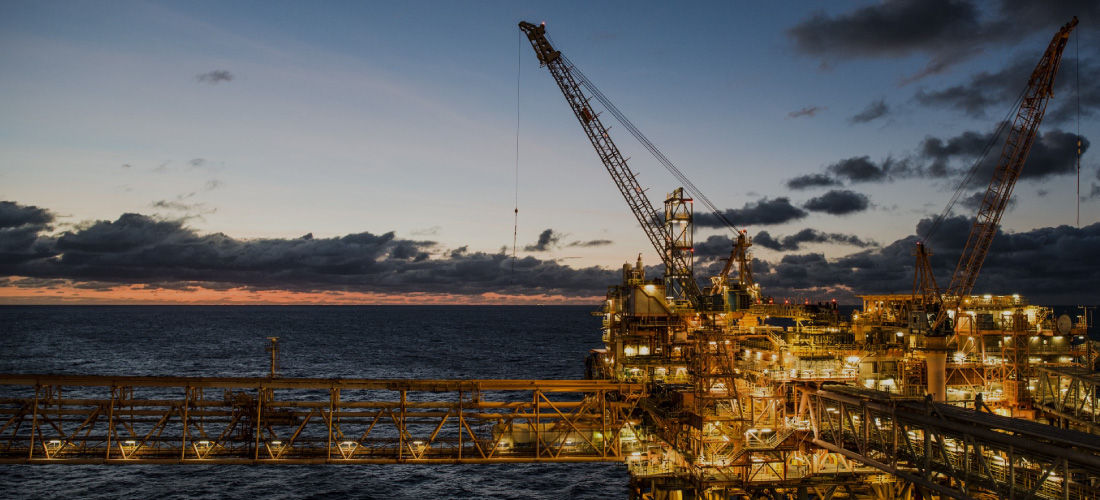
PUBLISHED
January 12, 2017
WRITTEN BY
eC Author
At eCompliance, we eat, breathe and sleep safety. We’re so obsessed with safety, we even have Safety Nerd shirts and wear them proudly (even when we’re not in the office). So, when we decide to kick back and watch a movie, it’s obviously going to be safety-focused.
Recently a group of us got together to watch Deepwater Horizon, the 2016 biopic film based on the oil spill and explosion in the Gulf of Mexico.
https://twitter.com/eCompliance/status/817137256033058818
Every safety leader should already be aware of the events that transpired on April 20, 2010 in the ‘well from hell’ so you won’t find a film synopsis or even a review here. Instead, we’re going to discuss some key observations and offer up our best tips to prevent a similar situation from happening again.
3 Takeaways from Deepwater Horizon every EHS pro should know:
Everyone must play a part in safety – including C-level executives
Executive teams are often too far removed from day-to-day safety activities to fully comprehend the amount of risk across their organization. They likely review quarterly or annual reports on incident or injury rates, but it’s not real-time information and it’s not enough to reduce risk. With Deepwater Horizon, there was a glaring lack of communication between the drilling team on the rig, the rig supervisor and the BP executives that were driving the initiative.
Although it appears BP executives were letting deadlines and budgets dictate their safety decisions (which you should never do), had they been actively participating in safety initiatives from the beginning, informed of the proper testing process and aware of the potential risk, BP would have likely stopped work.
Always conduct risk assessments
This takeaway may sound overly simplistic, but even the most critical controls can sometimes be missed during routine inspections. In the interest of saving money and fast-tracking the job on the Deepwater Horizon, BP sent Transocean employees home early before any pressure tests could be conducted, much to the surprise of the rig manager.
To effectively prevent incidents, risk must be properly assessed at every stage and the potential impact must be measured. Had BP or Transocean staff conducted a proper hazard assessment on the Deepwater Horizon, well integrity issues would have been detected much earlier, preventing the oil spill and explosion.
Employees have the right to refuse unsafe working conditions
Over the course of the film several red flags caught our attention and should have also been on the radar of more than just Mark Wahlberg’s character. Aside from skipping necessary pressure tests, the Deepwater Horizon lacked even the most basic necessities like a working telephone for employees to communicate across the rig.
The end goal of your company’s safety culture should be to bolster worker participation and continuously improve safety performance. But, to do this successfully, you must encourage your frontline workers to communicate and report all safety hazards and completely take fear of reprisal off the table. If controls are not implemented to mitigate hazards, your company’s executive team must accept that their workers can and will refuse to work in unsafe environments.
Empower Your Employees
& Protect Your Business
We can make effective changes to
your health and safety processes.
Learn how Lisbon Valley reduced time allocated to administrative tasks by 79%.
READ CASE STUDY →